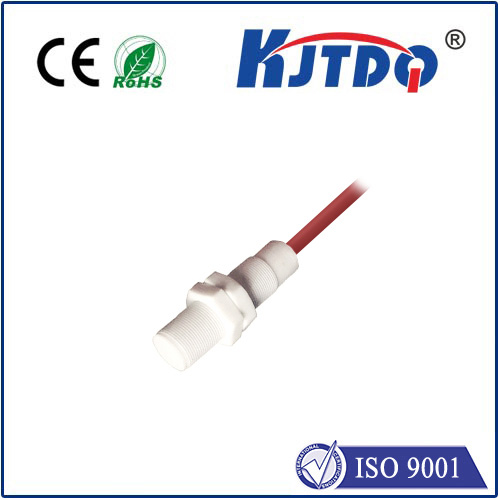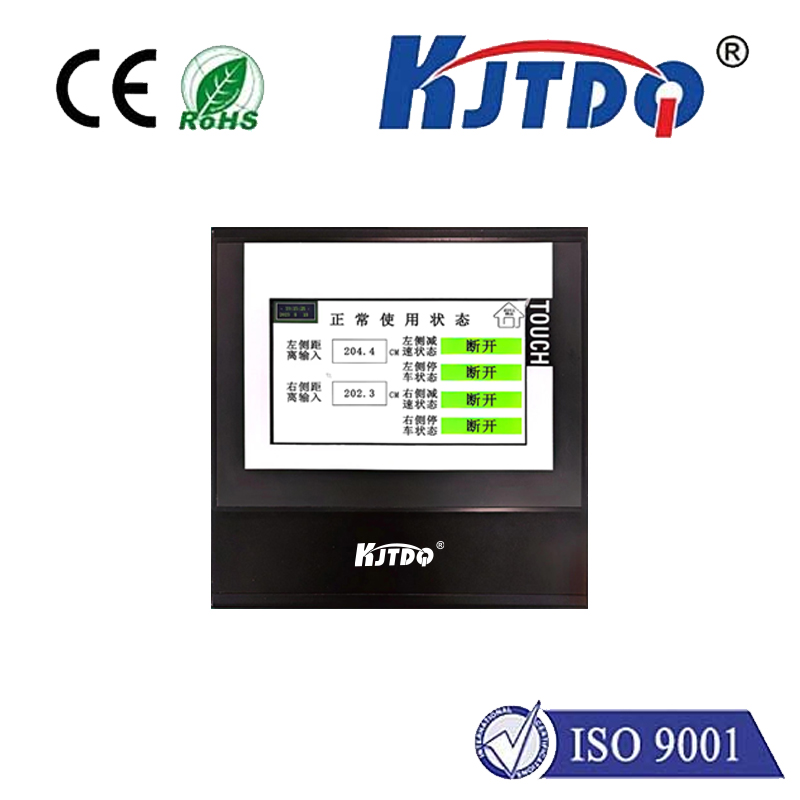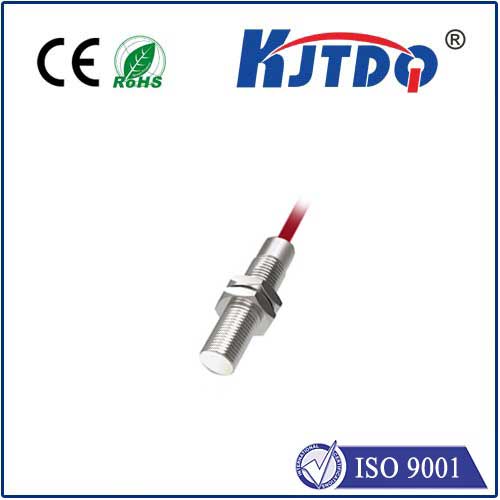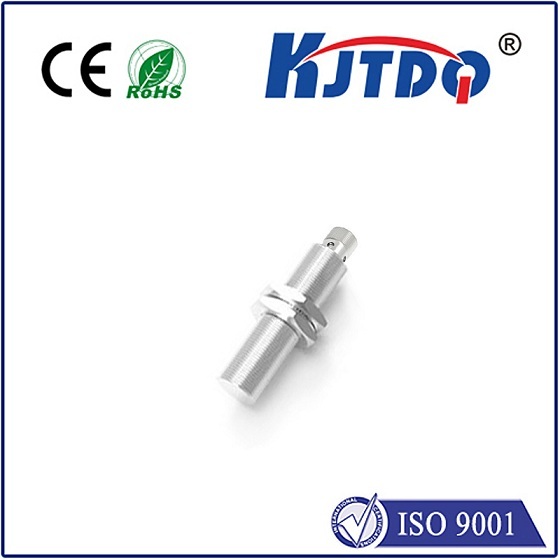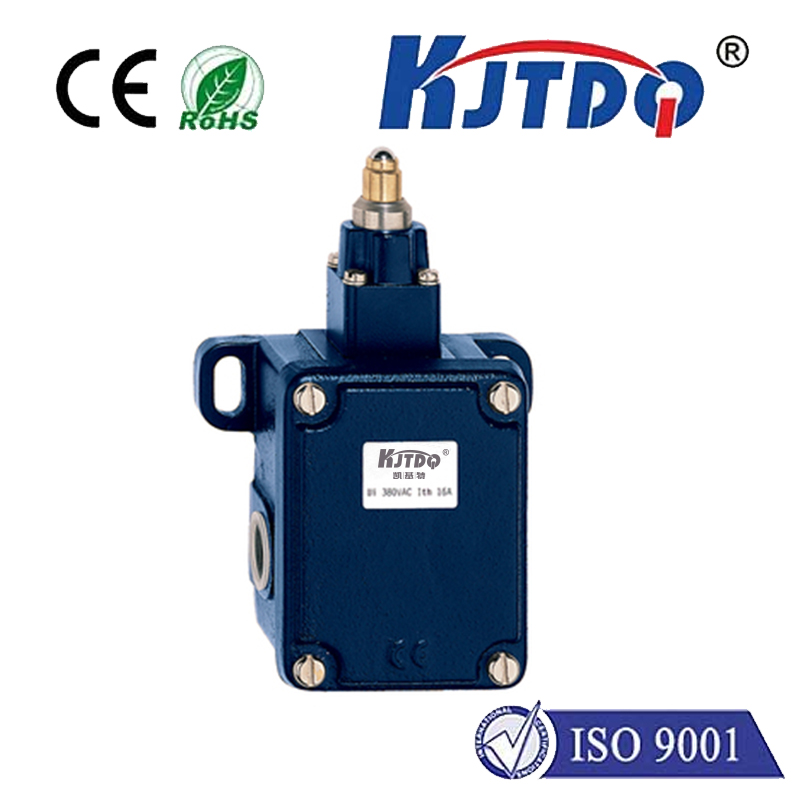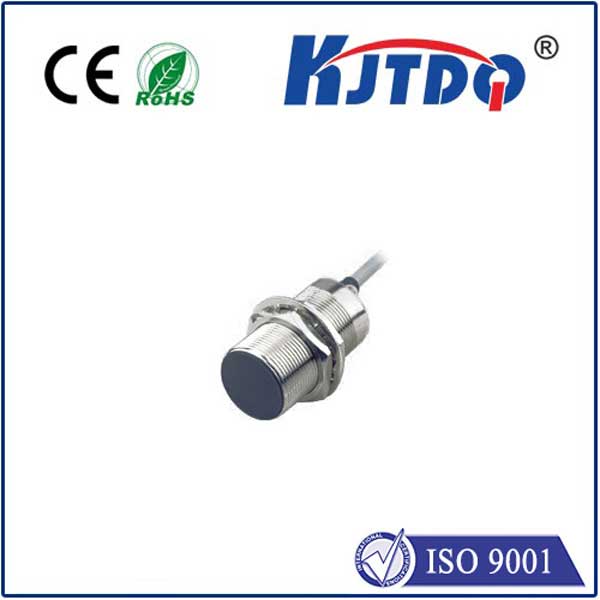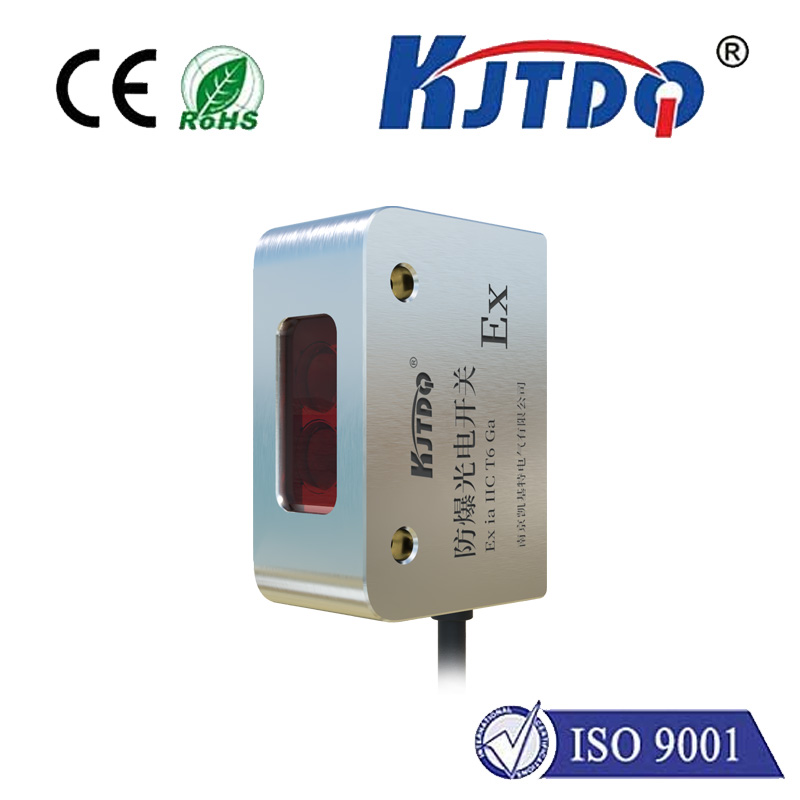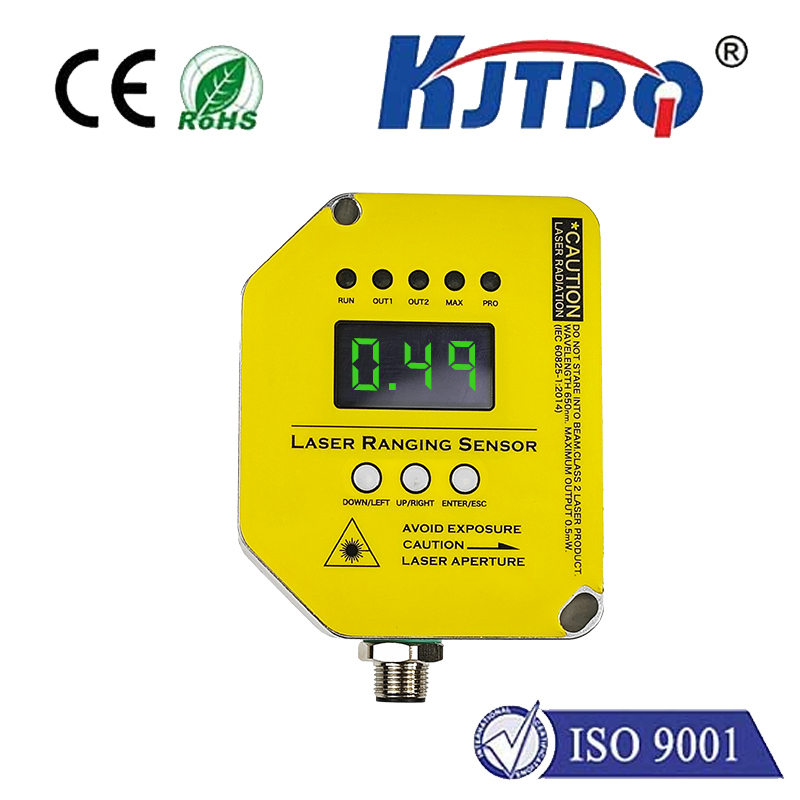

check

check

check

check

check

check

check

check

check

check
A photosensor, also known as a light-dependent resistor (LDR), is a type of resistor that changes its resistance depending on the intensity of light shining on it. In this article, we will explore how photosensors work and their various applications in different fields.
The working principle of a photosensor is based on the photoelectric effect. When light falls on a photosensitive material, such as cadmium sulfide or lead sulfide used in LDRs, it excites the electrons in the material. These excited electrons move to the conduction band from the valence band, leading to an increase in free electrons. As a result, the resistance of the photosensor decreases with increasing light intensity.

In essence, the more light that hits the photosensor, the lower its resistance becomes. This change in resistance can be measured by electronic circuits and used to control various devices or systems that require light detection.
Photosensors are commonly used in many applications, including automatic lighting control systems, street lights, security systems, and solar power systems. In automatic lighting control systems, photosensors detect the level of ambient light and adjust the brightness of lamps accordingly. Street lights equipped with photosensors turn on when it gets dark and off when daylight appears. Security systems utilize photosensors to detect movement or the presence of an individual in a certain area. Solar power systems use photosensors to monitor sunlight levels and optimize energy collection from solar panels.
Furthermore, photosensors are widely used in industrial automation processes for quality control purposes. For instance, they can detect surface defects or measure color consistency in manufacturing processes. Similarly, agricultural industries employ photosensors to monitor plant growth and health by measuring light absorption rates.
In conclusion, understanding the basic working principle of photosensors is crucial for utilizing them effectively in various applications. The ability of photosensors to detect light intensity has made them an essential component in modern technological advancements across multiple industries.
